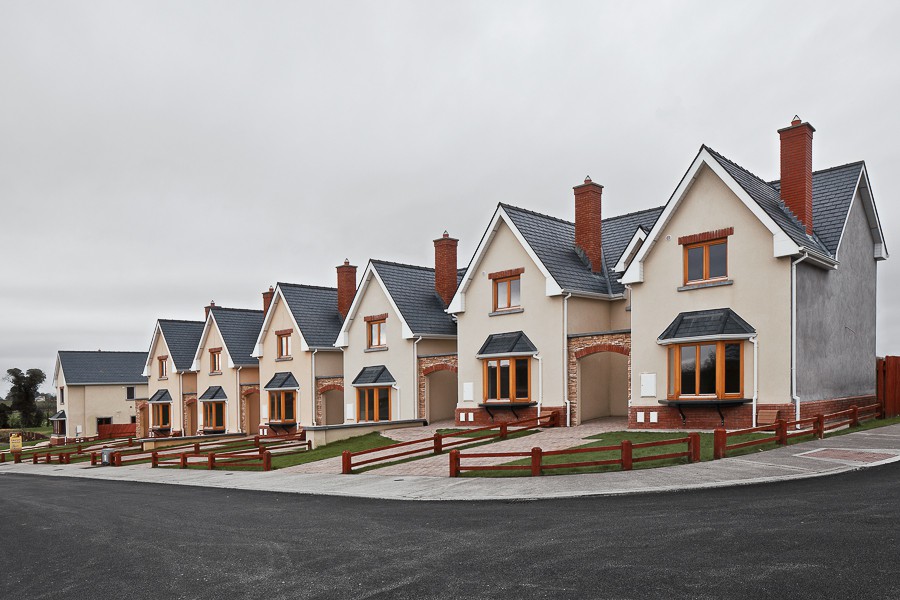The Fate of Ghana’s Cities; Redefining The Architect’s Role

By: Kweku L. Keddey President of Habitance Foundation
The numerous Building and Planning Laws have had minimum effect on the urban landscape in Ghana because of the failure of city authorities to enforce this laws. In urban communities in the major cities like Accra and Takoradi, a substantial number of buildings are not designed by architects and are constructed without building permit, as required by Regulation 6 of the National Building Regulations, 1996 and section 133 of the Land Use and Spatial Planning Act, 2016.
The effect has been an increase in building which are structurally deficient, visually faceless, non- stimulating and lacking distinctive character.
Aside from paucity of aesthetic qualities, many of this buildings are unfit for habitation and pose a threat to the health and safety of the occupants.
The threat of collapse increase by the day and yet, this worrying trend continues unabated, because harsh punishments are not meted out to irresponsible builders. Depletion of essential areas of vegetative cover as a result of this unapproved buildings has also resulted in a surge in urban heat islands, while the intensity of rain water run-off and flooding is on the rise.
Finding suitable solutions to this problems will require architects and other built-environment professionals to champion environmentally responsible design and construction. However, the misconception about the role of architects and their legally approved fees has negatively affected patronage of architectural service in Ghana. An understanding of the fundamentals of architecture and the role of architects by the Ghanaian citizenry is, therefore, imperative.
Architecture
Architecture is the art and science of designing and constructing buildings (Ching 2012). An architect is a person, who by reason of his knowledge of the mathematical and physical sciences, and the principles of architecture and architectural design, acquired by professional education, practical experience, or both, is qualified to engage in the practice of architecture and whose competence has been attested by a regulatory board (APA 2004).
The genius of any architect comes from his ability to exploit the properties of different building materials and the exigencies of a site to meet the requirement of a client. This process usually involves ceaseless interactions between aesthetic and technical considerations.
It is, therefore, a work of invention and originality to improve the quality of life of people. Picking designs off the internet may not be prudent because every building must be strongly connected to the site on which it sits. Geographic location, climate, material selection and function of the building, all contribute to the design. Design standards also vary based on the type of building (residential, commercial, religious, mixed use, office etc)
Stages
Additionally, for the successful design and execution of a building project for habitation or use, it must go through different stages which includes inception, feasibility, outlining proposal, scheme design, detailed design, production information and bills of quantities, project planning , operation on site, completion and reporting.
The architect works with a general contractor and a design team made up of allied professionals such as urban planner, quantity surveyor, project manager, structural engineer, mechanical engineer, electrical engineer, interior designer, urban designer, landscape architect etc. through the various stages.
By-passing an architect to engage the services of an unskilled or non-professional for a building project usually results in excessive expenditure to rectify defects after completion or in some cases, a complete collapse of the building.
Commissioning an architect to deliver a well designed and constructed building is, therefore a worthwhile investment. Furthermore, paying an adequate fee commensurate with the prodigious energy required by an architect to proffer design solutions should be a standard practice.
Problem Solving
Architecture is more than designing buildings; it is a problem solving endeavor. Let the citizenry put architects to good use by investing in the future where buildings not only produce an effect of supreme grandeur but are energy sufficient, disability friendly, structurally sound, seismically safe and most importantly resilient to the effect of climate change.
To foster the environment where the next generation will meaningfully contribute to the development of communities they inhabit, the narrative about architectural practice in Ghana must change.
Ghanaian architects needs to find innovative ways of disabusing the minds of many misinformed middle and low-income workers on this significance of architecture because under a structured system, they can benefit immensely from architectural services. It is my firm belief that architectural practice should benefit all citizens, rich and poor, literate or illiterate.
Ghanaian architecture firms must also embark on marketing and business development programs to help bring architecture to the door steps of as many Ghanaians as possible, especially those in the informal sector.
The laws governing architectural practices must be amended to match up to the demands of a social media era. This will ensure a drastic increase in the visibility of the exceptional works of Ghanaian architects to a wider audience.
Author: Kweku Keddey/ kkeddey@habitancefoundation.org

